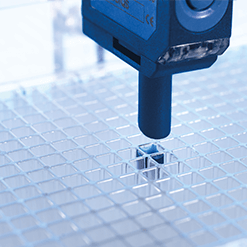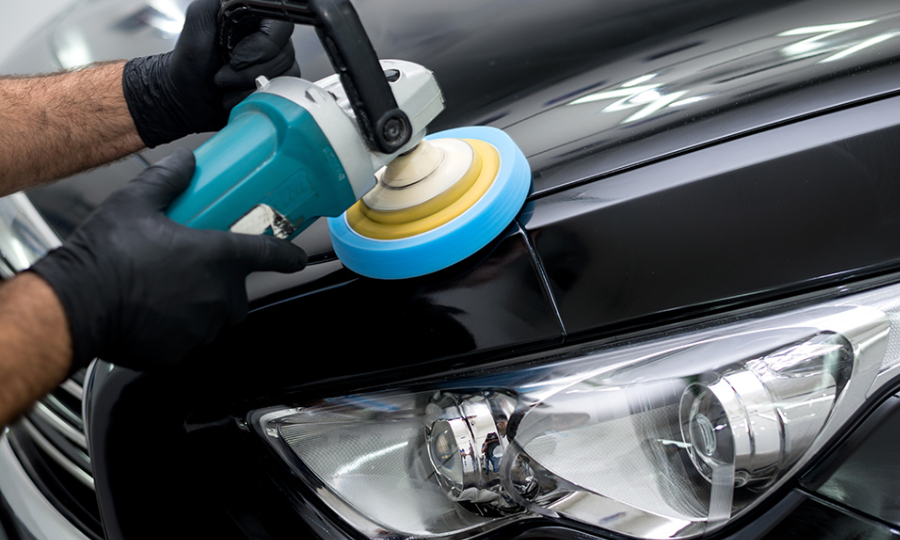The age of the sensor is here. Smart sensors improve the ability to see and report on the world around us. They work in practically every field to make life simpler and better for people. Examples include adjusting lights to match moods, turning on appliances like water heaters, guaranteeing security, tracking devices, and many more. Greater insight into business workflows and processes is made possible by sensors, which may also be used to track employee work habits and assess the environmental conditions of buildings. Thus, sensor control automation systems also make it possible for the management of a business to monitor, manage, and enhance operational effectiveness.
The use of precise sensors is expanding dramatically as IoT technology permeates more aspects of life than ever. Smart sensors are essential parts of IoT systems and the internet of things.
How do Smart Sensors Work?
Sensors gather information from their preferred settings and convert their physical characteristics into quantifiable electrical impulses. Temperature, mass, speed, pressure, and the presence of heat bodies like people are a few of these characteristics. A microprocessor then processes the electrical impulses to produce outputs related to activities. Finally, the system transmits the output to receivers inside the desired devices for optimal performance.
Depending on the functional complexity and rising feature demands, a system may use several sensors with various capacities. It might have extra receivers, transmitters, power sources, etc., for beneficial outputs.
Types of Sensors
Different types of sensor control automation systems exist depending on how well they can measure physical characteristics. Let’s examine some of the typical sensor types used by various businesses.
Motion Sensors
When people enter or exit a space, motion sensors are used to identify their presence. The sensors deliver signals to initiate operations that increase or decrease the power supply to light fixtures when motion is detected. As a result, it automates the ON/OFF switching of lights and other domestic appliances according to the designated space’s occupancy or vacant status. Commercial applications that deal with bigger regions and more people can significantly reduce energy use. Hospitals frequently employ these sensor-driven devices to check patients’ hand hygiene compliance.
Light Sensors
The main purpose of light sensors is to adjust the light according to the day of the week, the month, or the year. In addition to enabling human-centric lighting, daylight harvesting, and light scheduling for energy savings, efficiency, and ambiance, it automates luminaire operations in smart buildings.
Thermal sensors
Thermal sensors are necessary for automating room temperature in smart buildings and businesses. No matter how much the outside temperature changes, they keep their internal temperature constant. These sensors also reduce energy use by adjusting the temperature following the climate.
Wind Sensors
Intelligent responses to nature are needed from buildings. If heavy gusts are detected, wind sensors automatically close retractable awnings, shut down dust skirts, and open storm shutters.
What industries benefit from smart sensors?
Home Automation
There is currently, or soon will be, a sensor for every home function. The heart of home automation is the sensor, which tells smart devices when and how to operate.
- device activation by automation
- Temperature and illumination adjustments
- Predetermined regular scheduling
- detection of theft and unwanted access
Offices
In today’s offices, sensor-based technology transforms how workers connect and collaborate. This transition is being driven by smart sensors, which guarantee increased performance and productivity. The list is endless!
- Intelligent lighting with a focus on people
- Automated climate management using innovative HVAC systems
- Intelligent occupancy and meeting room data
- Intelligent indoor navigation and wayfinding
There are more sensor applications in businesses and industries than in this blog. As we can all see, there is a stunning list of sensors for any conceivable situation. Today’s world has advanced, so many essential processes would only run with sensor data.



